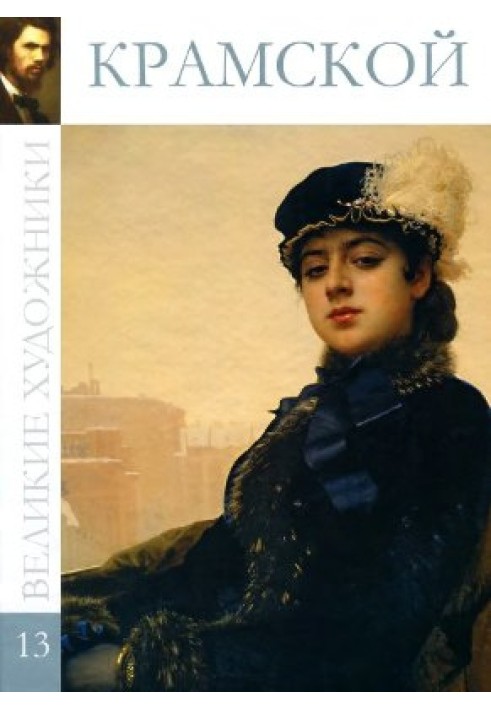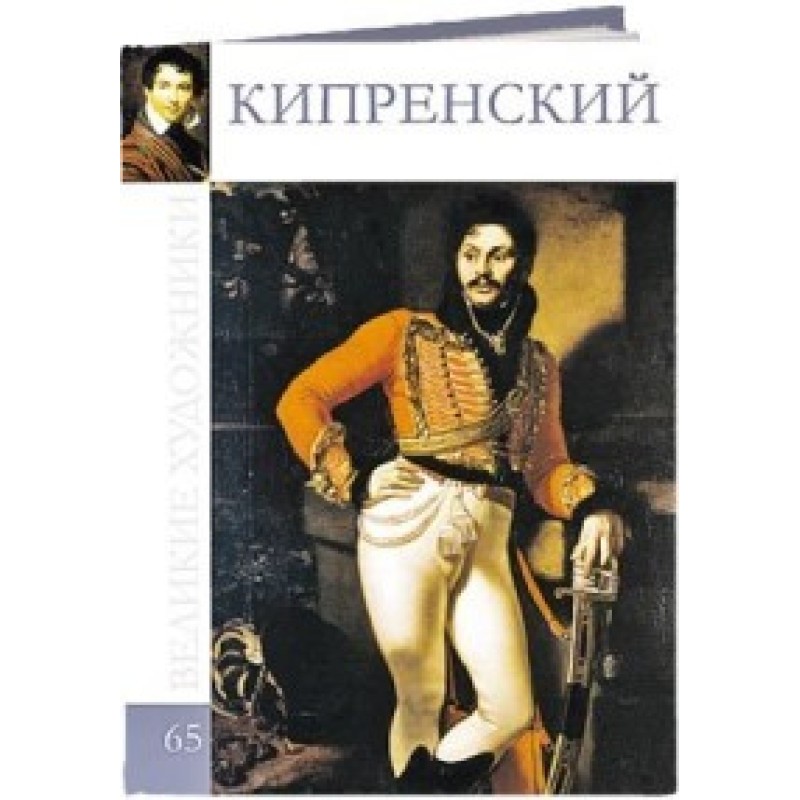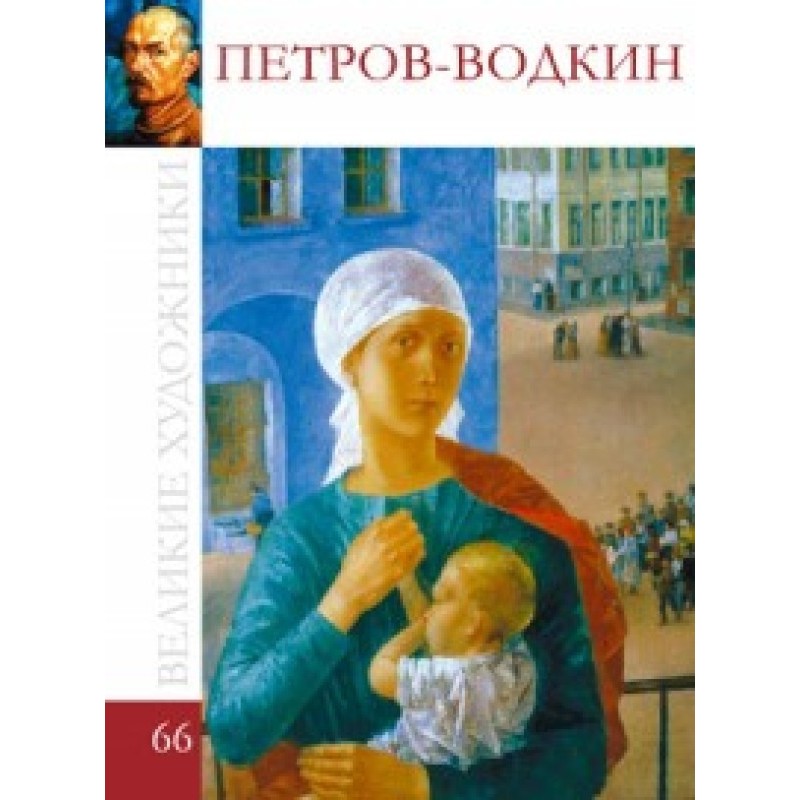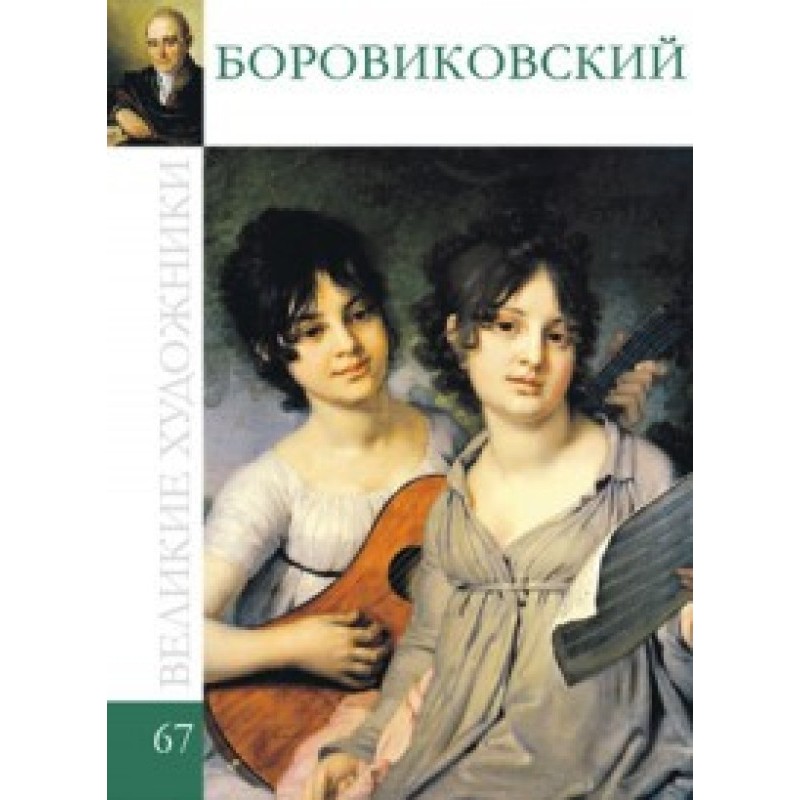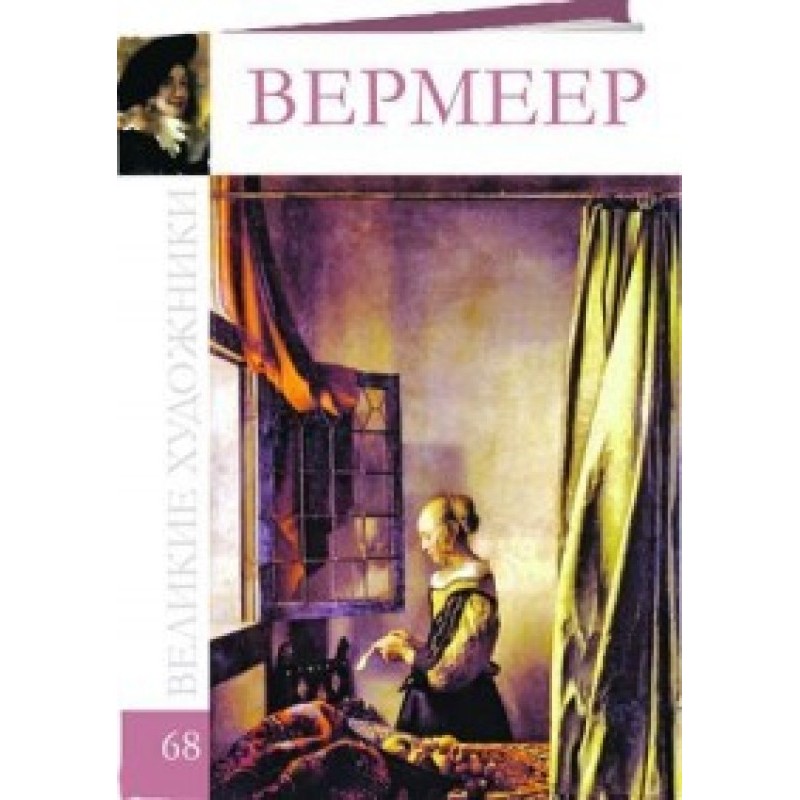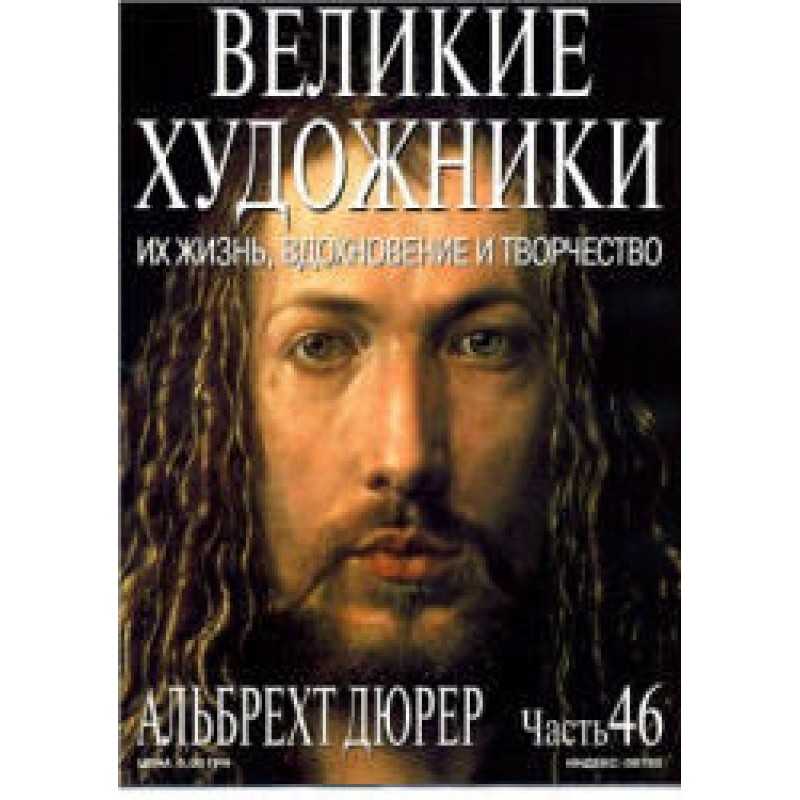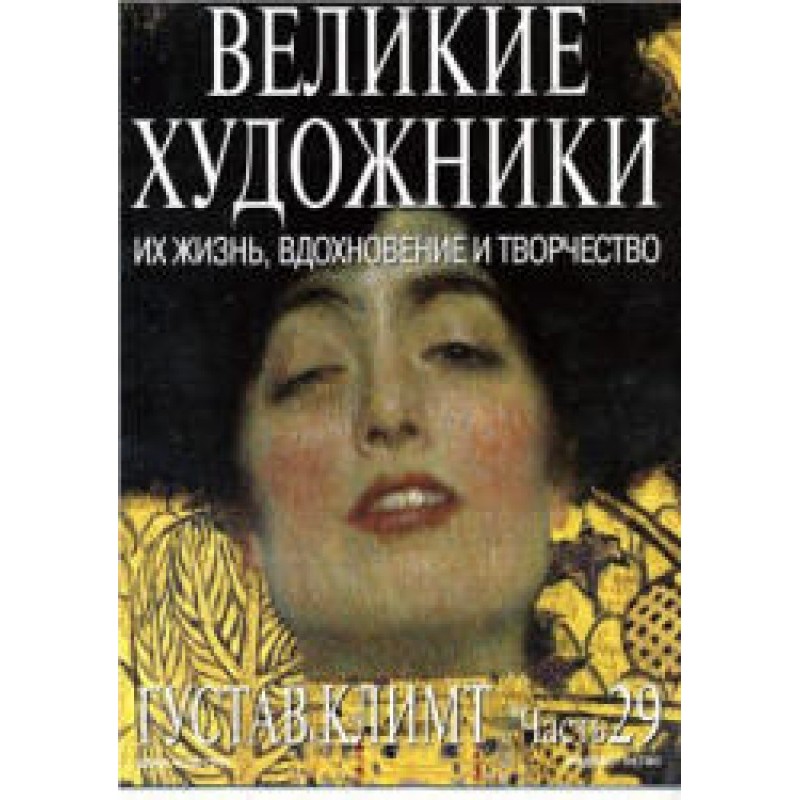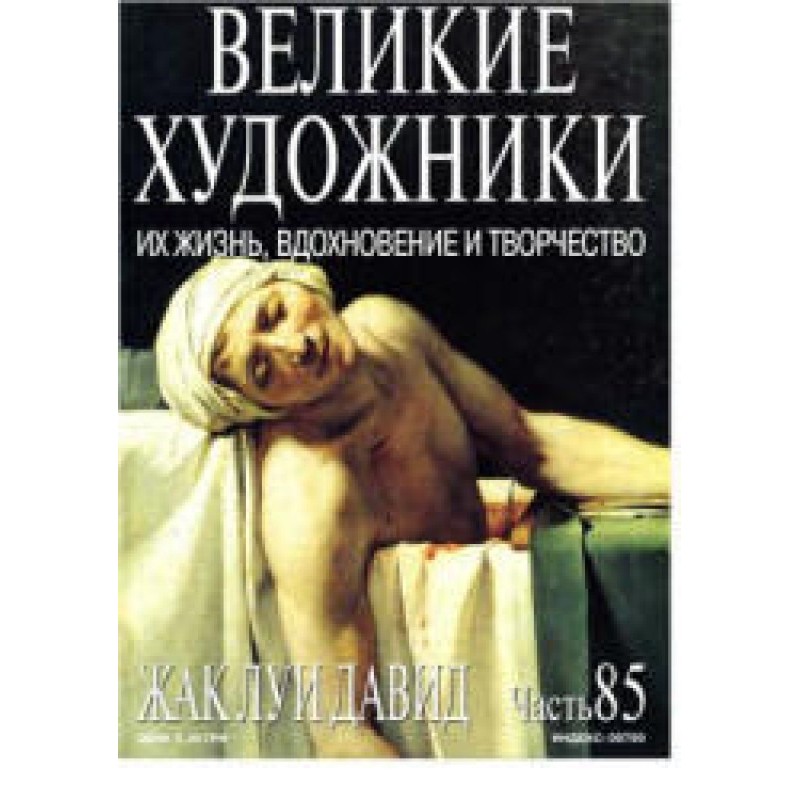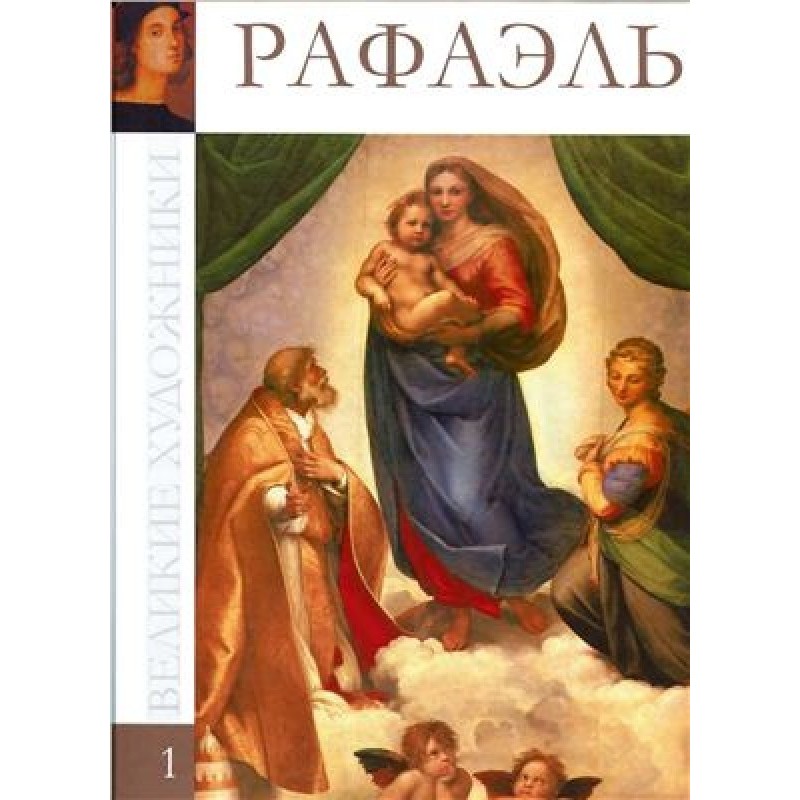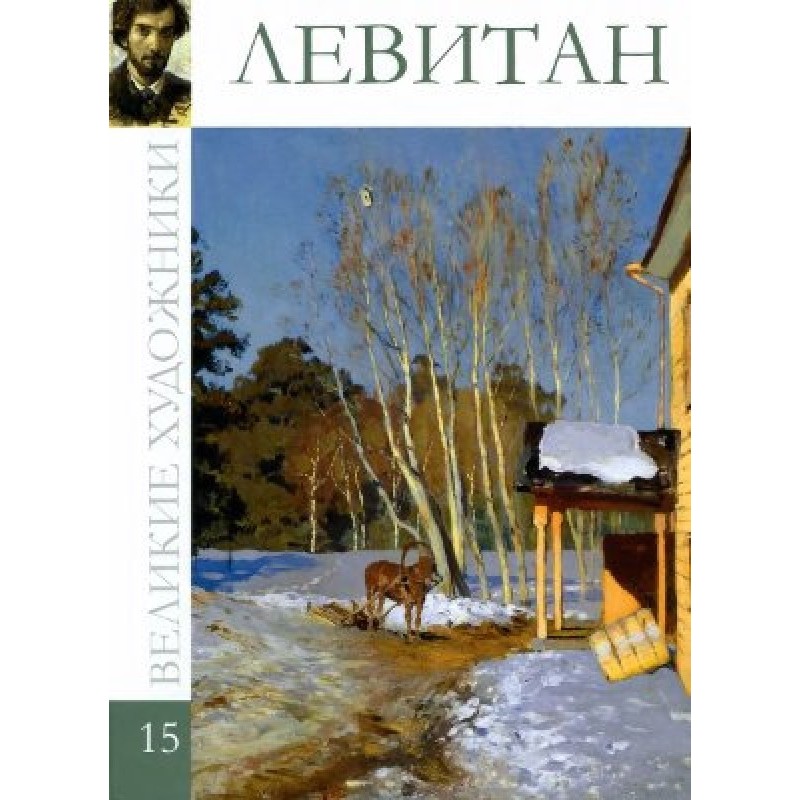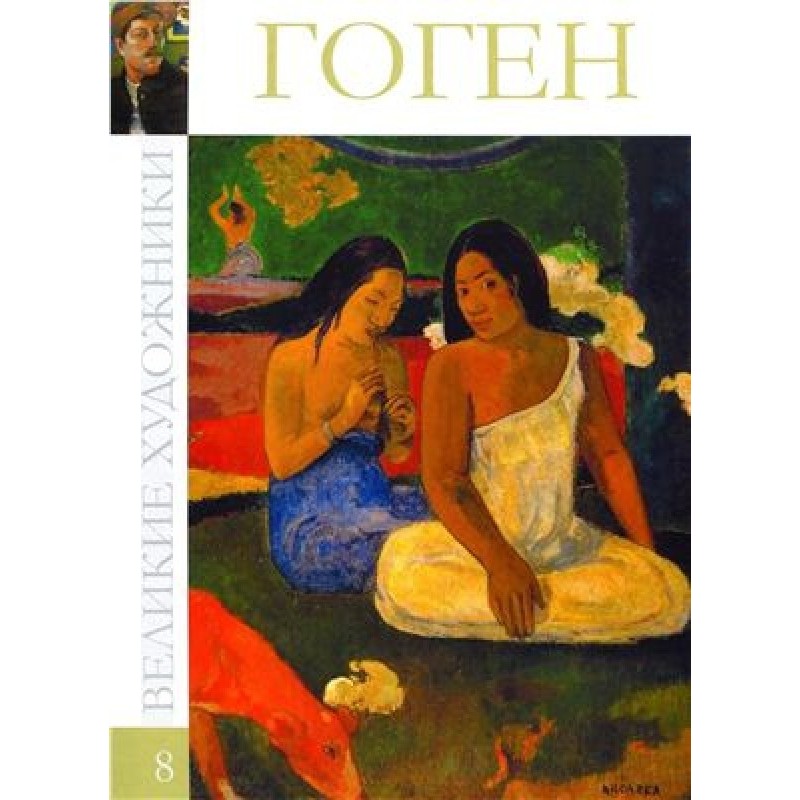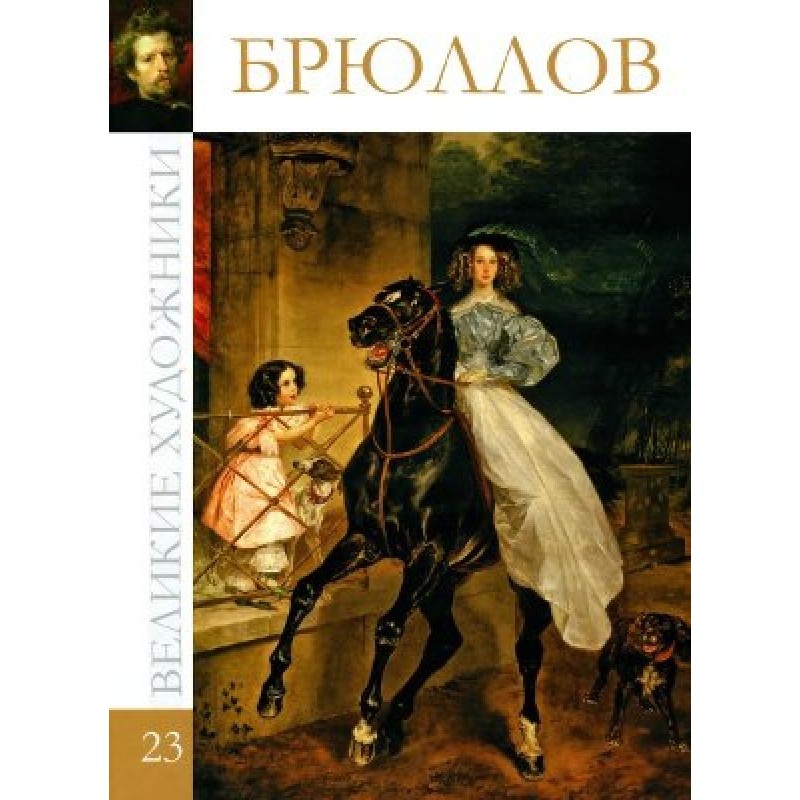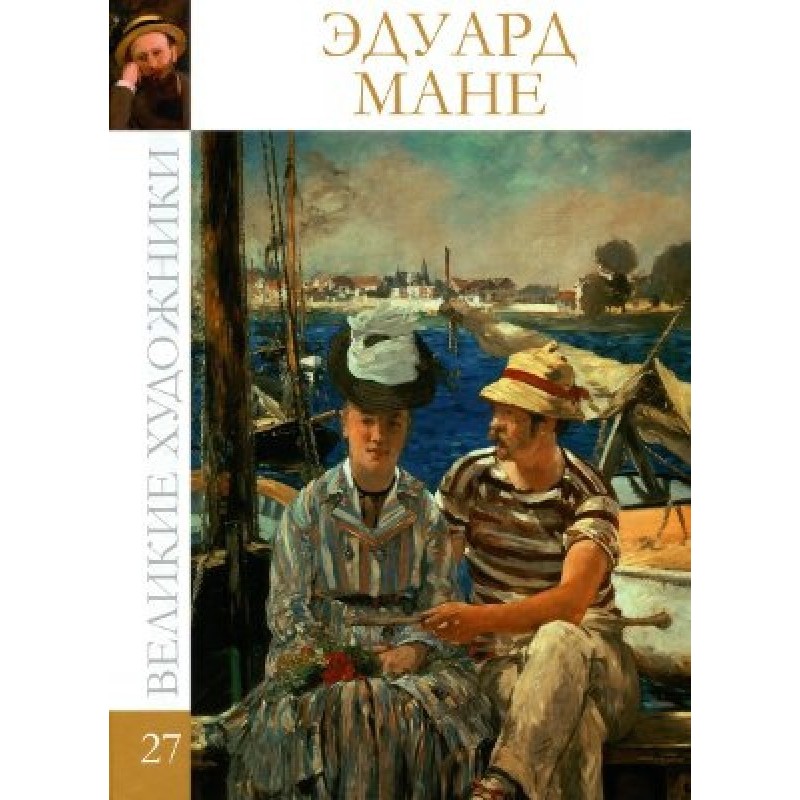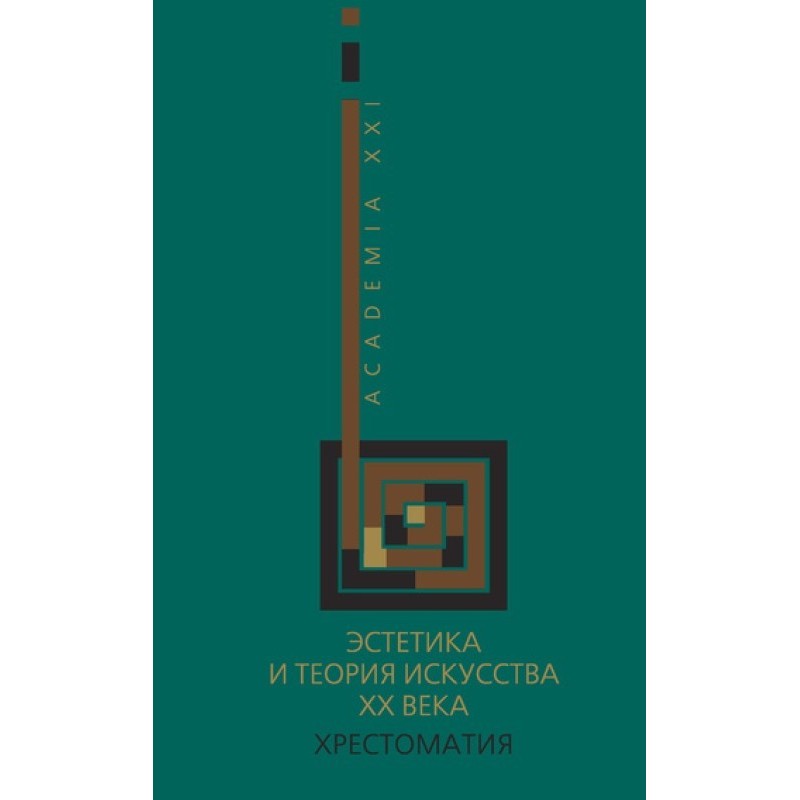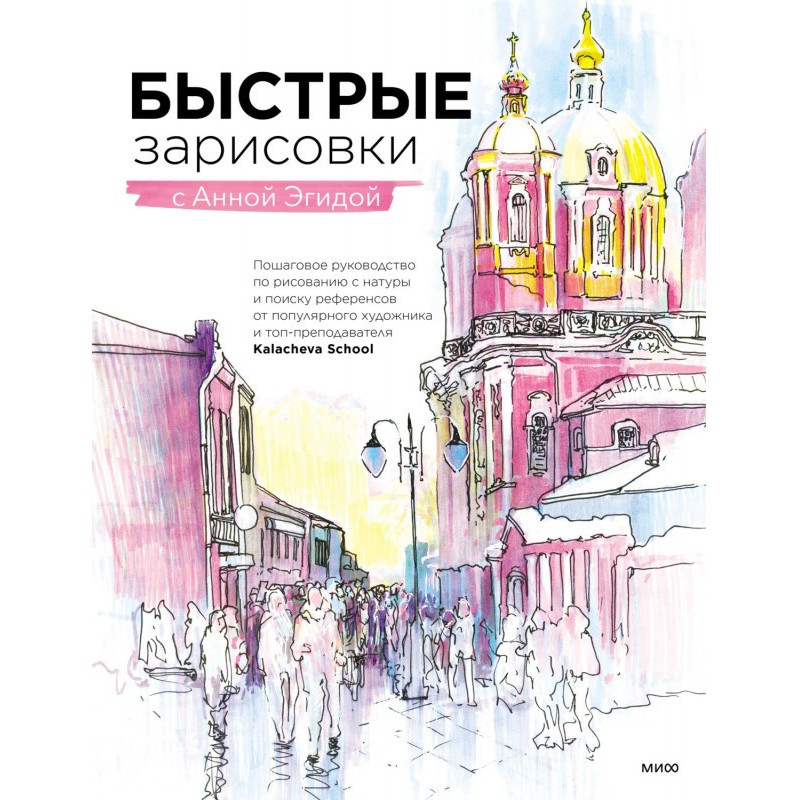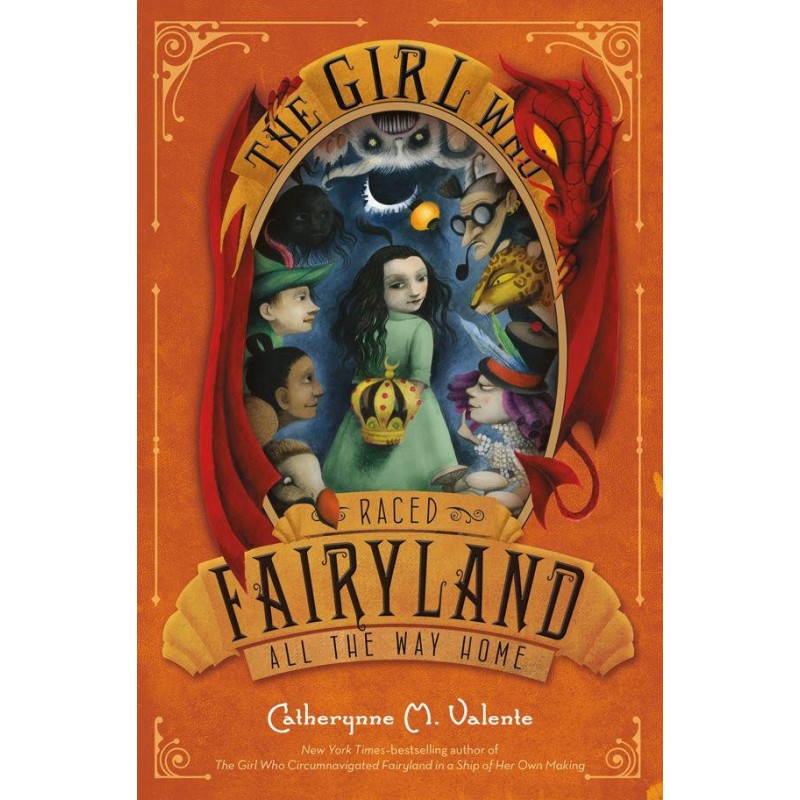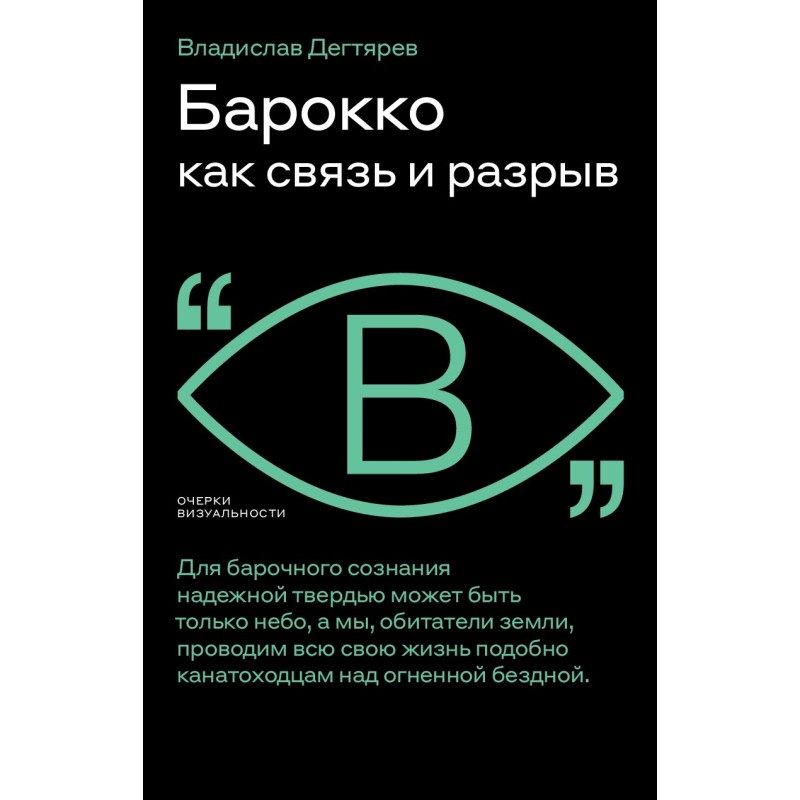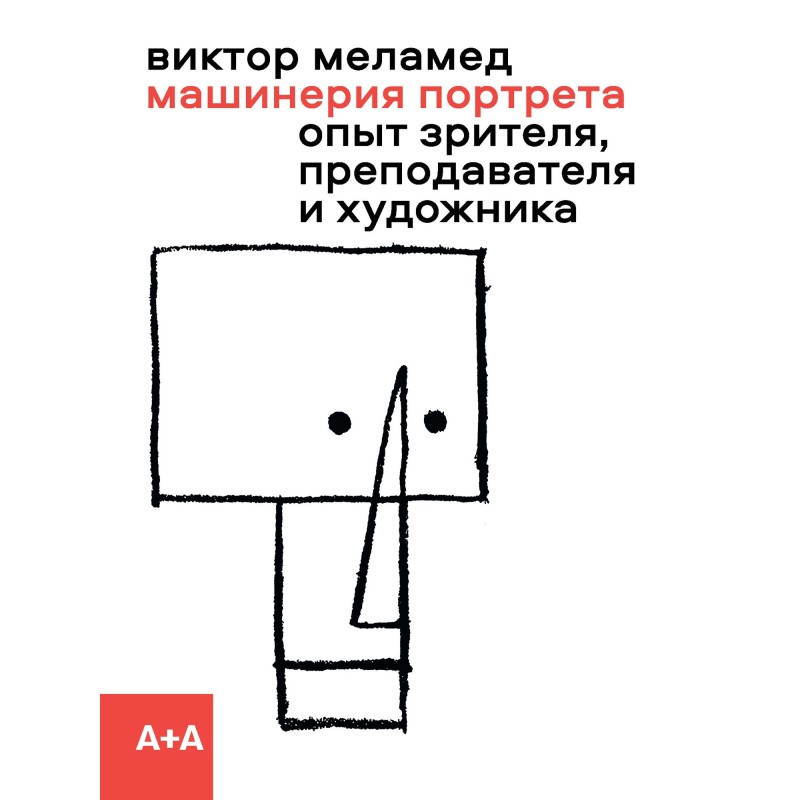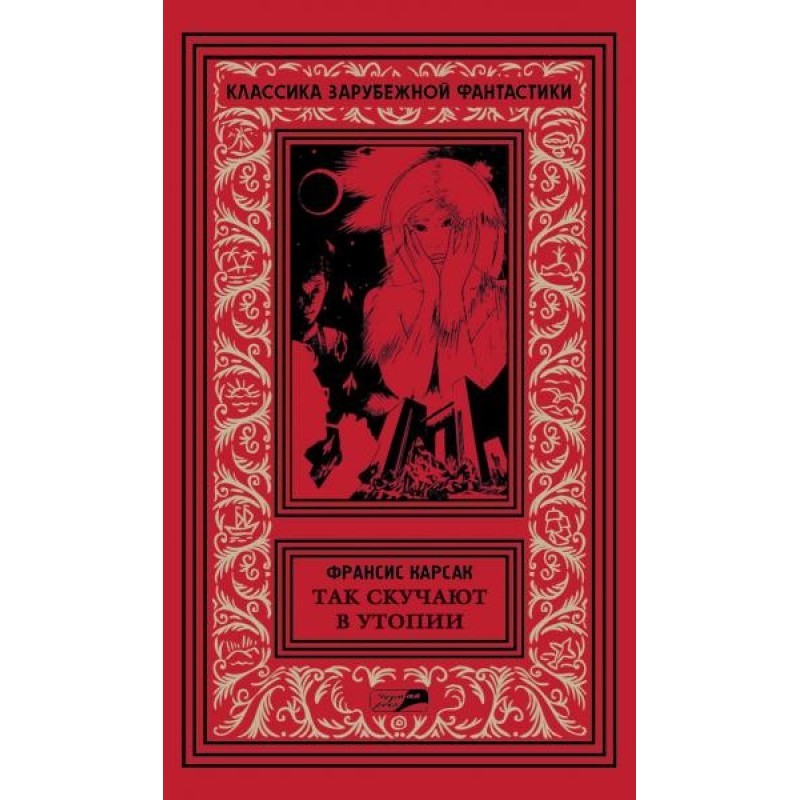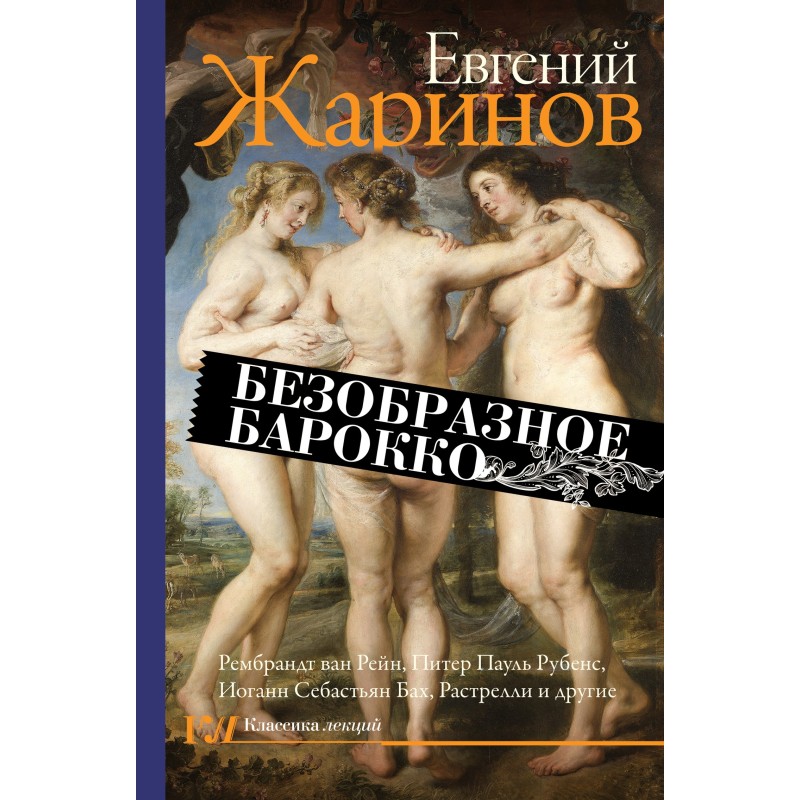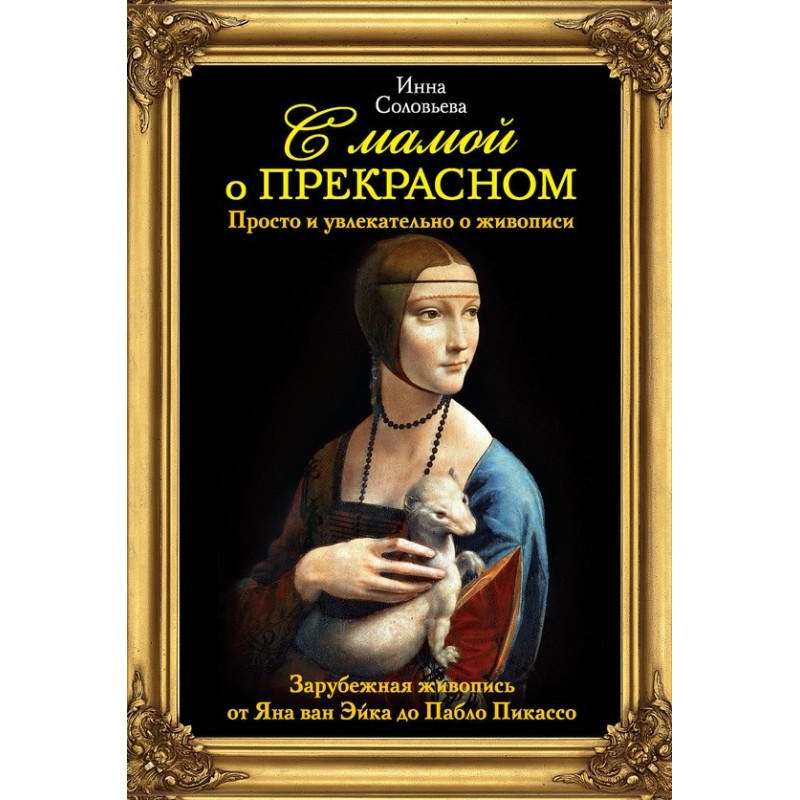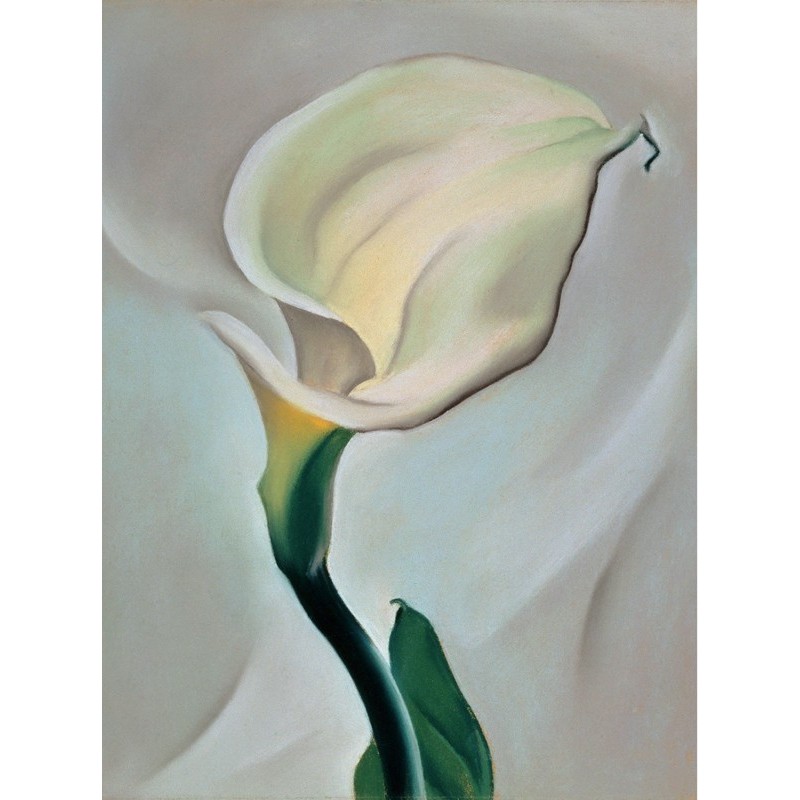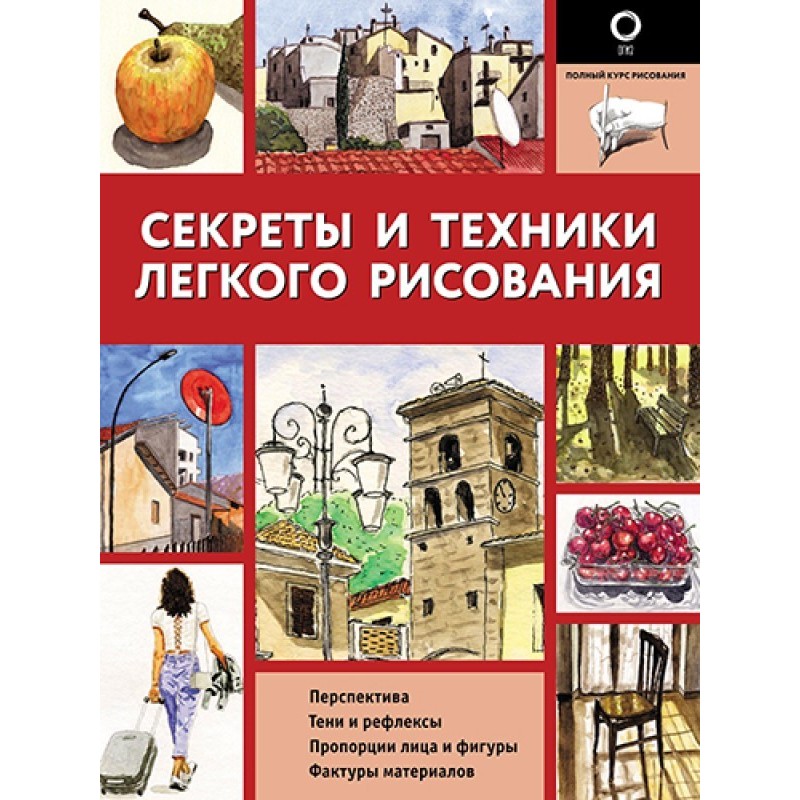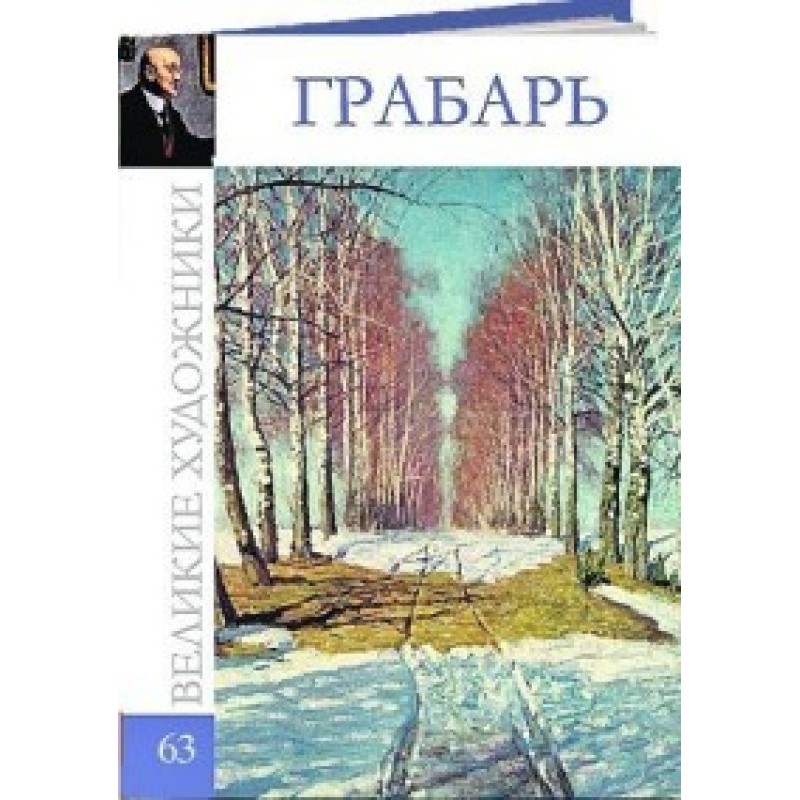Kramskoy
 Instant download
Instant download
after payment (24/7)
 Wide range of formats
Wide range of formats
(for all gadgets)
 Full book
Full book
(including for Apple and Android)
“Great Artists” - a collection about outstanding masters of painting. The book series contains more than 50 illustrations, an “exquisitely written” biography of the artist and the history of the creation of the paintings. The album is dedicated to the work of Kramskoy.
Ivan Nikolaevich Kramskoy (1837-1887) occupies one of the leading places in the history of Russian artistic culture of the second half of the 19th century. The organizer of the St. Petersburg artel, one of the founders of the Wanderers association, a subtle art critic, passionately interested in the fate of Russian art, he was the ideologist of a whole generation of realist artists. Kramskoy proved himself, first of all, as a wonderful portrait painter. Beginning with a self-portrait of 1867, he affirms the ideals of a proud, morally strong personality, based on the principle that it is in the face that the most important and important thing is contained - “the human in a person.” Looking at the faces on the master’s canvases, we see the true nobility and high moral potential of his works. At the same time, the images (L. N. Tolstoy, T. G. Shevchenko, N. A. Nekrasov, M. E. Saltykov-Shchedrin, etc.) are not idealized beyond measure, impressing with the convincingness of character and details. The same soft picturesqueness, clear clarity of plastic composition also highlights Kramskoy’s peasant images (“Forester”, “Peasant with a Bridle” (“Mina Moiseev”), which are significant and internally majestic in their own way. The master often used them in portraits (for example, the artist F . A. Vasilyev (1871)) monochrome sauce technique (painting with a mixture of black coloring powder with glue and water), achieving a special subtlety of light and shadow transitions. Along with N. Ge, he acted as a reformer of religious painting. giving it an actual political sound. His “Christ in the Desert” (1872) looks like a collective image of a modern person at the moment of painful internal choice. Heavy thought freezes, freezing on the verge of despair in the artist’s last great plan - the unfinished painting “Laughter” (“Rejoice”). , King of the Jews"), with a stupid and self-satisfied crowd of guards and Pharisees ridiculing Christ. All the master’s work is permeated by a craving for a symbolic painting that embodies “eternal themes” - such as the miracle of the other world (“Mermaids” based on the story by N.V. Gogol’s “May Night”), decline and frailty (the unfinished “Inspection of an Old House”), death (“Inconsolable Grief”). His portraits sometimes turn into mysterious personifications of the feminine principle (by E. A. Tretyakova in “Moonlit Night” or “Unknown”). In all these works the master appears as a direct predecessor of symbolism.
Data sheet
- Name of the Author
- Автор Неизвестен -- Искусство
- Language
- Russian
Reviews
Неперевершене видання про генія живопису!
Книга «Крамський» з серії «Великі художники» є справжнім подарунком для всіх, хто цінує мистецтво та історію живопису. Вона не лише розкриває біографію Івана Миколайовича Крамського, але й занурює читача в атмосферу епохи, в якій жив і творив цей видатний художник. Альбом містить понад 50 ілюстрацій, що дозволяють детально розглянути його роботи, а також глибокі аналітичні коментарі, які допомагають зрозуміти, чому Крамський займає одне з провідних місць в історії російського мистецтва. Особливо вражає його здатність передавати характер і глибину особистості через портрети, що робить його роботи актуальними і сьогодні. Книга також підкреслює його роль як організатора Петербурзької артілі та ідеолога передвижників, що свідчить про його величезний внесок у розвиток російського мистецтва. Читання цієї книги стало для мене не лише освітнім досвідом, а й емоційним переживанням, яке залишило глибокий слід у моєму серці. Рекомендую всім, хто хоче більше дізнатися про Крамського та його безсмертні твори!

